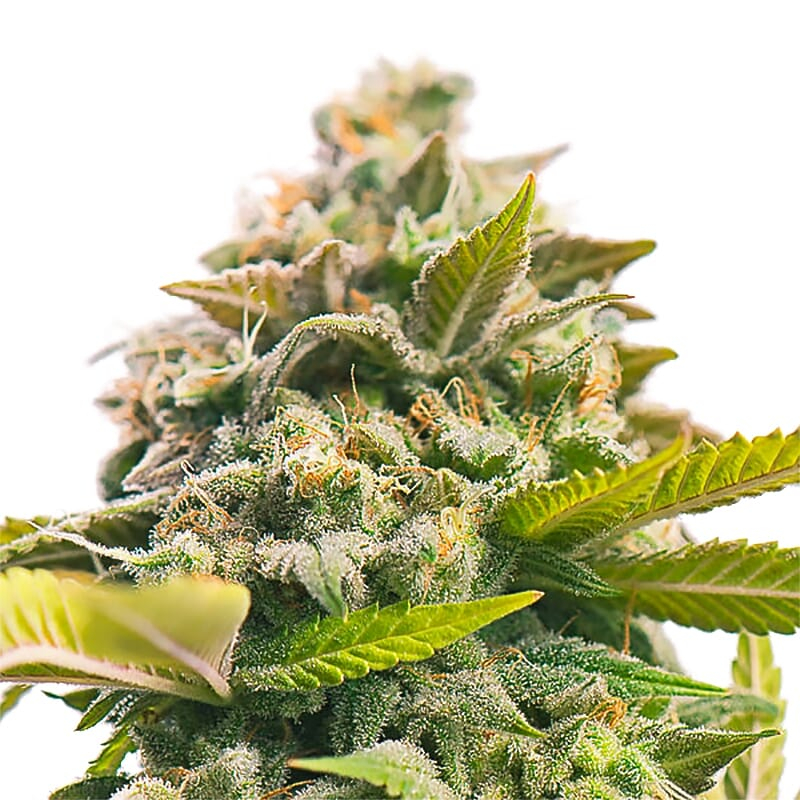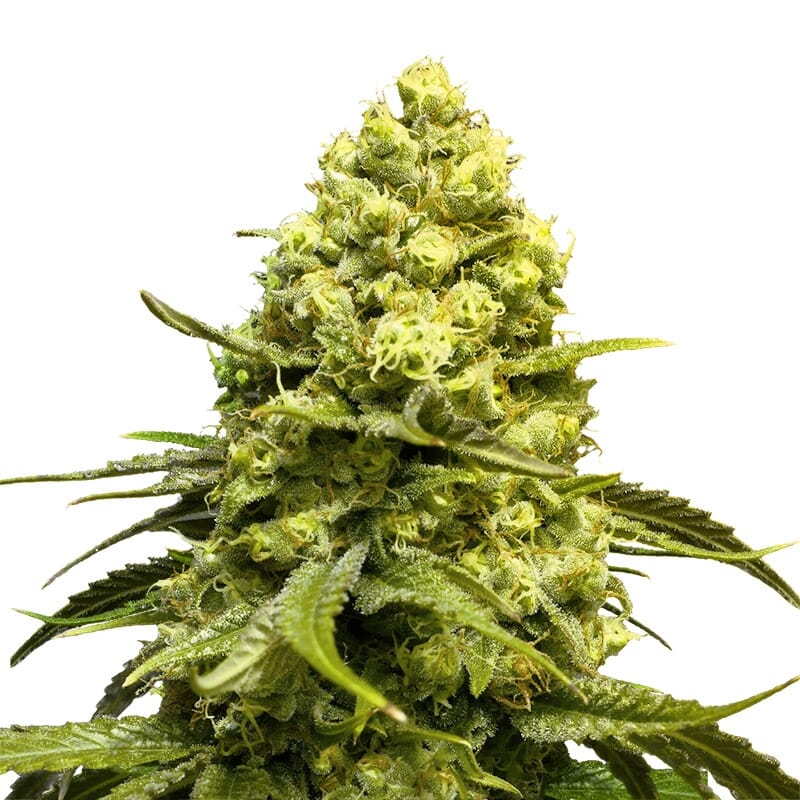I’ve written before about the gross grey fuzzy matter that attacks the leaves of our beloved cannabis plants known as mold. By now, I’m sure you have become an expert at checking your leaves and wiping them down with a mixture of apple cider vinegar at the first sign of a spore.
The Menace of Bud Rot
Unfortunately, there is another mold that can just as easily creep up on your plant and start killing it. It’s bud rot, and it’s no joke. This mold also goes by Botrytis Cinerea, or during another of its life cycles, it’s called Botryotinia Fuckeliana, although the latter name is more fitting for this fungus.
An Unpleasant Surprise
Bud rot commonly attacks marijuana plants first from the inside of thick buds just a couple of weeks before harvest. So, in fact, a nice big bud could give you an unpleasant surprise and be “hollow” due to mold damage.
Investigate and Take Action
The first sign that you may notice if your plant has bud rot is when one of the leaves sticking out of the cola is withering and drying out. To further investigate, you should bend open the bud to see the inside of it and the stem. You know you’re doomed when you see white or gray hairy mold. These hairy threads are called mycelia. Mycelium absorbs nutrients from the host by releasing enzymes that break down the cannabis plant matter into a nutrient slime that Botrytis Cinerea can absorb.
In very humid conditions, the whole bud will become slimy, or in very dry climates, the affected parts of the bud will easily crumble. Even dried and stored marijuana is not entirely safe from this mold, so you should inspect your buds from time to time. An outbreak can spread to all of your plants and quickly destroy them within a week.
The Role of Genetics
Throughout the winter months, many genetic varieties of Botrytis Cinerea endure the cold in the form of different mold species. When spring arrives, the various mold species produce conidiophores that generate millions of asexual spores and spread around by means of wind or rain.
Mold Spores Are Everywhere
You can’t really avoid mold spores; they are everywhere. By the time you’ve finished reading this blog post, you’ve inhaled some kind of spore or another. That’s why it’s so important to take the necessary precautions to lower your risk of a Botrytis Cinerea infestation.
Avoid Contamination
This mold flourishes in cool, contaminated environments that have humid air and poor circulation. Outdoor growers should be cautious with weather conditions close to harvest time. Morning dew, frost, rain, and cool evenings can all raise the risk of mold. Cleanliness and climate control measures can help you avoid contamination.
Remove All Fabric and Enhance Airflow
When growing indoors, remove all fabric in the grow room, such as carpets and fabric curtains, as these things are usual culprits that harbor botrytis spores. It’s also a good idea to wash the room with bleach and water solution. Forget about covering the floors with plastic or hanging some up on the walls, as this can trap moisture. Also, don’t forget to take out the trash. Just as important as it is to remove dead foliage, it’s also important to take it out of your grow room so that it doesn’t rot and spread mold. Fans in a grow room are always a good idea.
Temperature and Humidity Control
The temperature in your grow room should be higher than 70 degrees Fahrenheit (21 degrees Celsius), and the humidity should be under 50%. If you’re growing outdoors, you have to rely on other ways to decrease the chance of spreading mold. For instance, you can spread thick plants with netting or twine to increase airflow. Removing the interior and weak branches will help with circulation.
Take Swift Action
If you do have an outbreak of bud rot, you must take action right away. Sterilize your pruning shears with alcohol or hydrogen peroxide and cut the infected bud from an inch under the damaged area. Try not to spread the spores while doing this, and don’t touch another plant before cleaning your hands and equipment. Dispose of the moldy buds in a plastic bag that can be closed and take them far away from your grow area.
Consider Copper Spray
If you’ve had problems with bud rot in the past or want to be extra careful, a copper spray is an option for you. It can be sprayed onto your plants every week until harvest.
Regular Checks and Precautions
Bud rot is a nasty thing to combat. Since it devastates the prized part of your plant, it’s even worse to deal with. As long as you take the necessary precautions and check your plants regularly, you stand a good chance to avoid it altogether.
Don’t let bud rot ruin your harvest! Protect your precious buds with these essential tips and tricks. Act now and safeguard your cannabis crop from the menace of mold.
FAQS: Banish bud rot
What is bud rot and how does it affect cannabis plants?
Bud rot, caused by the fungus Botrytis Cinerea, attacks cannabis plants from the inside of thick buds, typically just before harvest. It creates a hollow, mold-damaged bud, characterized by white or gray hairy mold inside, leading to nutrient absorption issues and plant decay.
How can I prevent bud rot in my cannabis plants?
To prevent bud rot, maintain cleanliness and control the climate in your grow area. Keep the temperature above 70°F (21°C) and humidity below 50%. Ensure good air circulation by using fans, removing fabric items, and eliminating dead foliage. Outdoor growers should avoid morning dew, frost, and rain near harvest time.
What steps should I take if I detect bud rot in my cannabis plants?
If you detect bud rot, immediately sterilize pruning shears with alcohol or hydrogen peroxide, cut the infected bud an inch below the damage, and dispose of it in a sealed plastic bag away from your grow area. Consider using copper spray weekly until harvest if you’ve had past issues with bud rot.















